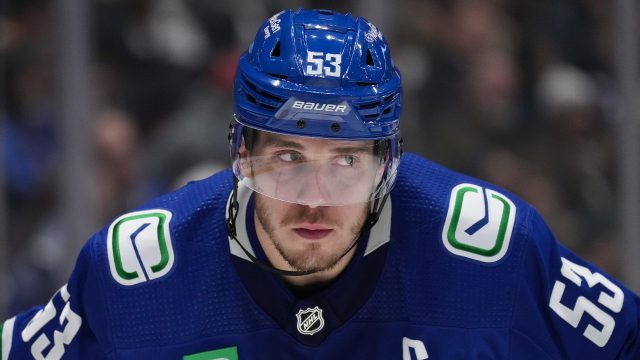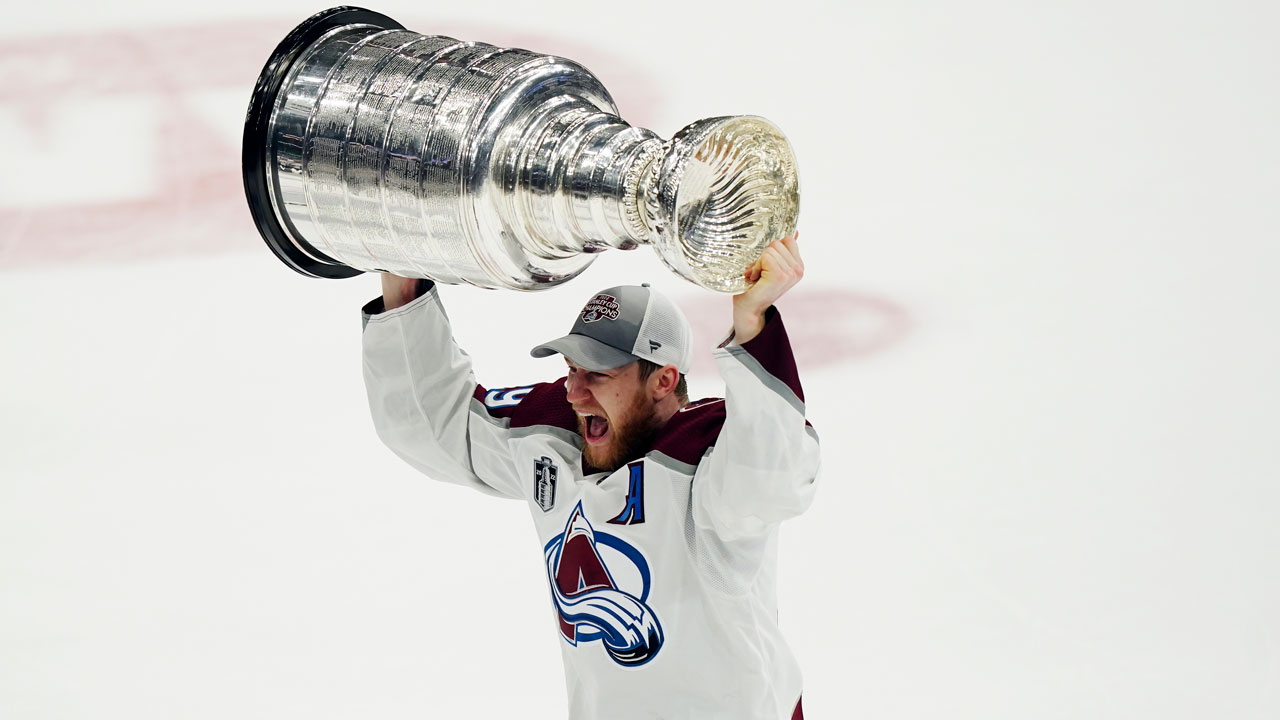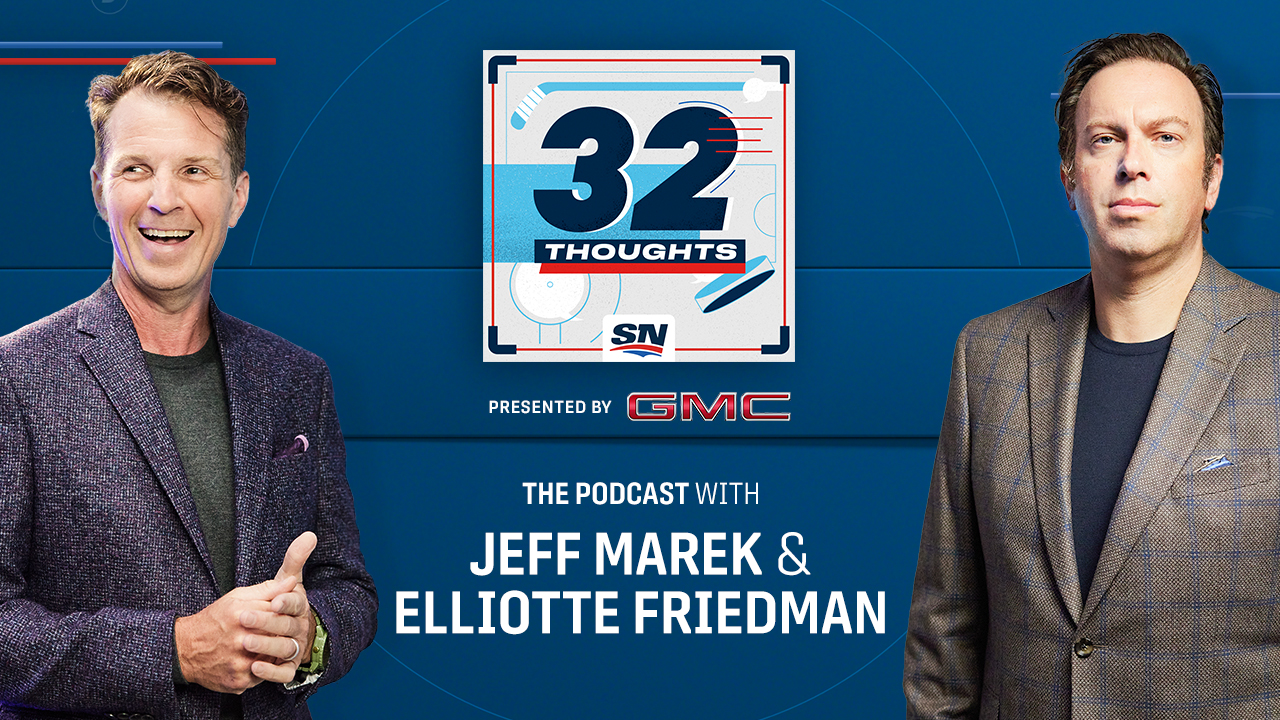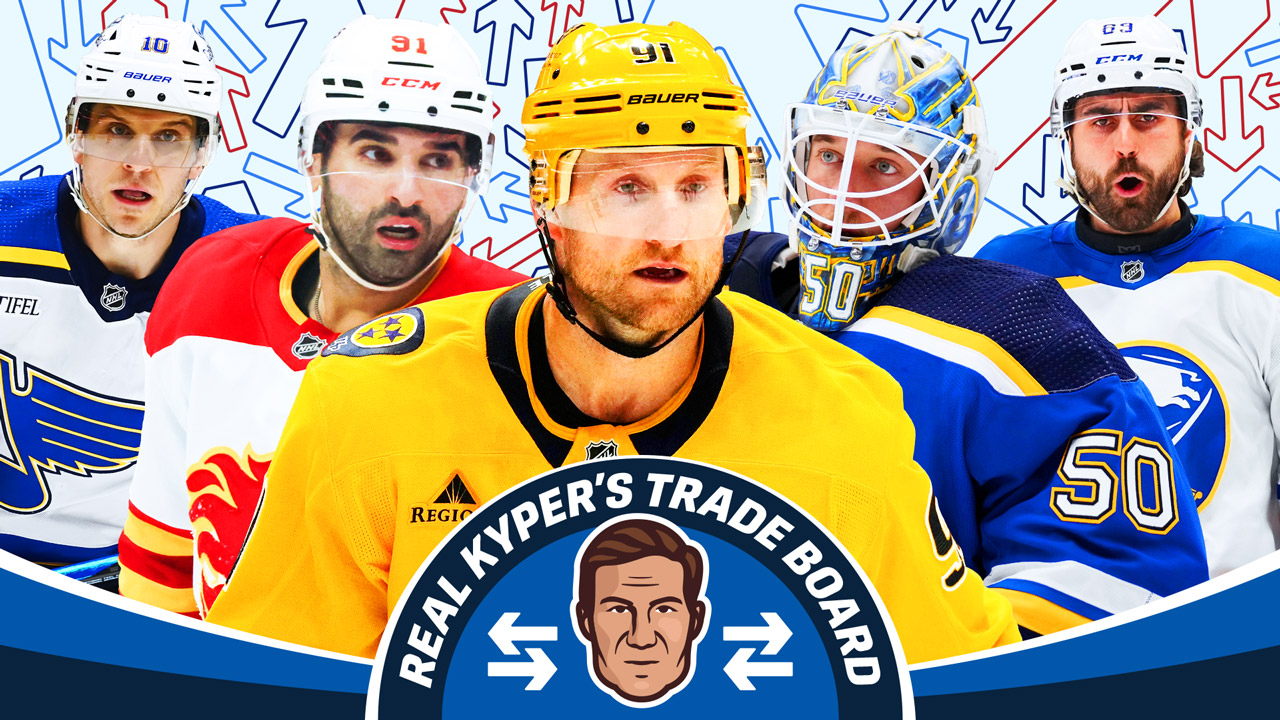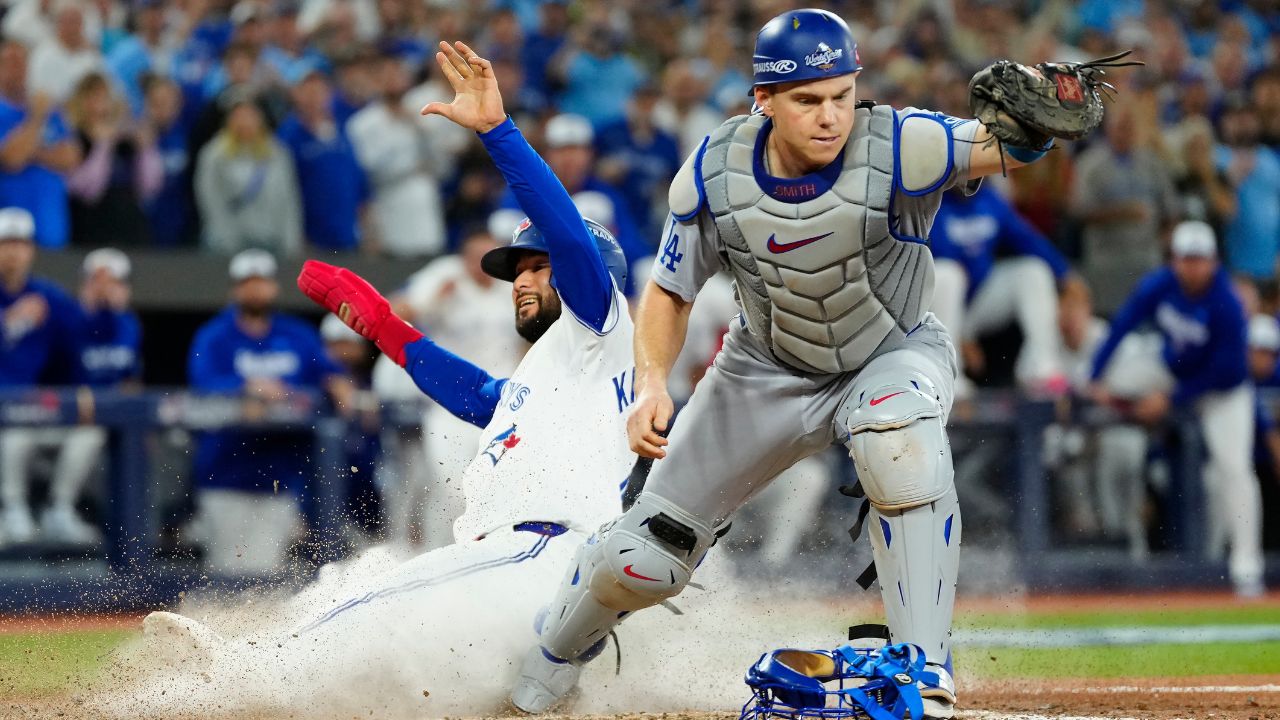
CANCUN, Mexico – Doug Armstrong isn’t afraid to make difficult – or occasionally unpopular – decisions.
Sometimes that’s simply the cost of doing business when you’re a general manager in the NHL.
You can’t please everybody and you usually can’t keep everybody either, especially in this flattish-cap world folks are dealing with these days.
It’s the conviction with which the man running the St. Louis Blues operates with that could make him the individual who has the biggest impact on the NHL trade deadline in the weeks leading up to Mar. 3.
Armstrong has first-hand knowledge of what it takes to orchestrate the biggest turnaround in the history of the NHL, literally a worst-to-first fairytale ending to a season that was in shambles in December of 2018 before the Blues captured the first Stanley Cup in franchise history months later.
Well, the Blues are nowhere near the basement these days, but they’re not exactly in a prime position to be categorized as a legitimate contender to the throne either, which immediately moves Armstrong into the position of needing to retool his roster on the fly.
Given the complexion of the roster and the core pieces under contract moving forward, a complete overhaul is not required – or expected – but major surgery could be on the horizon here, with the Blues currently sitting fifth in the Central Division and 11th in the Western Conference standings, a full eight points out of the second wild card spot (and the Colorado Avalanche holding three games in hand).
As colleague Elliotte Friedman likes to stay, the math isn’t good for the Blues with 31 games remaining in the regular season.
A recent visit to Winnipeg for the Blues revealed what has been the case for some time: these aren’t the Blues of 2019 – or even the Blues of last season.
Of course, this group has dealt with some tough injuries, but there appears to be something off with the mix.
To say the organization is in the midst of an identity crisis would be an exaggeration, but this is definitely a team in transition and it’s up to Armstrong to find a way to reset the roster, much like he did in 2018.
That year the Blues were battling for a playoff position, but Armstrong decided to move veteran centre Paul Stastny to the Winnipeg Jets for a package that included a first-round pick in 2018 and forward prospect Erik Foley.
That summer, Armstrong made the blockbuster deal for Ryan O’Reilly, signed Tyler Bozak as a free agent, brought back David Perron and signed St. Louis product Pat Maroon.
The reward was being able to sip out of Lord Stanley’s mug in 2019, but the tough choices didn’t stop there, as captain Alex Pietrangelo left as an unrestricted free agent to the Vegas Golden Knights after the 2019-20 season.
Speaking of departing captains, David Backes joined the Boston Bruins as a UFA in the summer of 2016 after helping the Blues reach the Western Conference final against the San Jose Sharks that spring, ending his decade-long tenure with the organization.
Last summer, Armstrong prioritized the signing of emerging forwards Robert Thomas and Jordan Kyrou, which made it virtually impossible to bring back Perron, whose production and leadership has been missed this season.
All to say that a cursory glance at the CapFriendly page shows you that decisions are looming on pending UFA forwards Vladimir Tarasenko, Ivan Barbashev, Noel Acciari, Tyler Pitlick, Josh Leivo and O’Reilly, defenceman Niko Mikkola and backup goalie Thomas Greiss.
It’s not impossible that some of those players either sign an extension or choose to return to the Blues in the summer after being dealt, but it’s looking more likely that many of those players could be on the move before the deadline.
Because so many of the top contenders are either tight to the cap or already into LTIR, there could be some complications – or patience required – by both Armstrong and the teams looking to add Tarasenko ($7.5 million AAV) and O’Reilly ($7.5 million AAV).
O’Reilly’s foot injury could also impact his value, but he’s a proven leader with impressive credentials that include a Conn Smythe Trophy (2019) and a Selke Trophy (2018-19) as the top defensive forward in the league.
Although his production is down this season, O’Reilly has the ability to go against the top competition and still chip in offensively.
Plus, he brings plenty of intangibles to the table, which only adds to his curb appeal.
In a league where goals can still be tough to come by – especially when the playoffs arrive – Tarasenko has been a game-breaker at times during the course of his career.
His resume includes six seasons of scoring 30-plus goals, including one that saw him score 40.
Tarasenko was highly productive for the Blues in the playoffs in 2016 (nine goals, 15 points in 20 games), 2019 (11 goals, 17 points in 26 games) and 2022 (nine points in 12 games).
He’s a sharpshooter and can supply a boost to a power play.
Barbashev is a player attracting plenty of interest and for good reason.
No, he hasn’t been able to match the production when he set career bests for goals (26), assists (34) and points (60) in 81 games last season, but Barbashev is a responsible two-way player that plays a physical brand of hockey, contributes to the penalty kill and is a consistent double-digit goal scorer.
His AAV of $2.25 million and his versatility will make him attractive to all contenders and likely creates a bit of a bidding war for his services.
He’s precisely the type of player that recent Stanley Cup champions targeted leading into the deadline – and could turn into a Nick Paul situation, where a few months as a rental turns into a longer stay.
Acciari is known primarily for his ability to check, but he’s having his most productive campaign since notching 20 goals and 27 points with the Florida Panthers in 2019-20.
His 54 games of playoff experience and ability to move up and down the lineup, coupled with an AAV of $1.25 million, will make him an appealing target as well.
Mikkola ($1.9 million AAV) isn’t a flashy player, but he’s a sturdy defender that could augment a second or third pairing.
Should the Blues choose to recall top goalie prospect Joel Hofer from the American Hockey League, Greiss ($1.25 million AAV) could serve as a valuable insurance policy for a team with designs on making a lengthy run.
It’s easy to see why Armstrong is going to be fielding plenty of calls here, but the bigger question that’s left to be answered revolves around whether or not he will consider moving one of the core pieces with some term left on a deal.
Whether those discussions include defenceman Colton Parayko ($6.5 million AAV through 2029-30) or forward Pavel Buchnevich ($5.8 million through 2024-25) remains to be seen.
The Blues are scheduled to make picks in six of the seven rounds in 2023, the second-rounder belonging to the Red Wings after the deal made to acquire blue-liner Nick Leddy, who signed an extension that takes him through the 2025-26 season).
So while Armstrong will be looking to bolster draft capital, you can also expect him to be looking for assets that include players who are either established (but youngish) or on the verge of being NHL-ready.
There are plenty of teams with the capability of playing king-maker leading into March 3, but when all is said and done, the deals made by the Blues could impact a number of teams significantly, including their own.
THE MUCH DEBATED RETURN
The long-awaited pre-emptive strike took place last week when the Vancouver Canucks dealt captain Bo Horvat to the New York Islanders, viewed by many as a surprising landing spot for the pending UFA.
Plenty of ink and oxygen has been spent debating the merits of the deal for both teams and in usual fashion, the rush to judgment and declaration of winners and losers of the trade came fast and furious.
Some are wondering why a team that’s below the playoff line in the Eastern Conference with two teams to leapfrog entered the sweepstakes at all, while others wondered about the return the Canucks received.
Well, it’s apparent that Islanders GM Lou Lamoriello wanted to show belief in his team and that group clearly needed to add a goal scorer, even if they’ve already got ample depth down the middle with Mat Barzal, Brock Nelson, Jean-Gabriel Pageau and Casey Cizikas.
Given what he was willing to part with, the Islanders must have a pretty decent indication that they will be able to afford to keep Horvat on a long-term deal.
How long will it take to convince him or get his name on a contract?
Stay tuned.
As for the Canucks, if you listened to president Jim Rutherford and GM Patrick Allvin last month during the unofficial state of the union address, the organization basically touched all the boxes in what they were looking for.
They got an established NHLer in Anthony Beauvillier, who has a 21-goal season under his belt along with two 18-goal seasons among his soon-to-be six consecutive campaigns of double digits in goals (he has nine in 49 games this season with the Islanders).
Beauvillier’s progression had stalled somewhat but some feel he has the ability to play with skilled players and could quickly return to form on a line with one of Elias Pettersson or J.T. Miller.
He’s 25 years old and under team control for another full season with an AAV of $4.15 million.
The Canucks also get a lottery-protected first-rounder in 2023 and a top forward prospect in Aatu Raty, who has seven goals and 15 points in 27 games with Bridgeport of the AHL and appeared in 12 NHL games (two goals, two points) this season.
For the folks saying the Canucks should have held out for a larger package, there were probably not a lot of contending teams interested in moving a middle-six forward in the deal.
The fact of the matter is that the deal can’t be fully evaluated until we find out if Horvat is going to stick around with the Islanders or if his intent is to test the market in July.
Even after that, it will probably take a few more years to see what type of player Ratu becomes, how high that first-round draft pick is, not to mention seeing how Beauvillier fits with the Canucks.
From this vantage point, both teams are assuming some risk and look like they are likely in a better spot to proceed.
STROME TURNS BET INTO SECURITY
Just last week in this space, we looked at how Dylan Strome bet on himself on a one-year deal after not receiving a qualifying offer from the Chicago Blackhawks (https://www.sportsnet.ca/nhl/article/wiebes-world-after-some-bumps-dylan-strome-is-finding-a-home-in-washington/) and that decision has paid immediate dividends for the player and the organization.
So much so that the Capitals announced a five-year extension worth $25 million on Friday ($5 million AAV), one that keeps him under contract through the 2027-28 season.
So Strome won’t need to worry about scouring through depth charts or figuring out where he might land for quite some time.
“Dylan is an intelligent and skilled centre and has been a great addition to our organization,” Capitals GM Brian MacLellan said in a press release. “We are pleased to sign him to a long-term contract. We feel his skill set is a great fit for our team as he enters the prime years of his career at an important position.”
While it’s easy to understand why players often focus on the long-term security of a multiyear deal, this is another example of how a short-term bet can also ensure that the fit is right for both sides.
The Capitals made a three-year commitment to forward Sonny Milano on Saturday in what was another feelgood story.
Milano didn’t receive a qualifying offer from the Anaheim Ducks and attended training camp with the Calgary Flames on a pro tryout offer before inking a one-year deal with the Capitals for the league minimum.
After providing some important complementary scoring (eight goals, 22 points in 40 games), Milano earned a three-year deal that carries an AAV of $1.9 million.
RAPID FIRE
• As a caveat, spending some time in Mexico during the break limited my consumption of All-Star news to Twitter and some of the stories I read online, so don’t consider this an all-encompassing review of what transpired in Florida, but here are some of the highlights.
• Loved the flair shown by many of the players when it came to suits selected, specifically the ode to Miami Vice from Josh Morrissey of the Winnipeg Jets and Mitch Marner of the Toronto Maple Leafs, rocking the pink and white outfits magnificently. Bonus points to Marner for sporting the suit during the breakaway competition and his use of the vintage cell phone.
• Also loved the creativity shown by Boston Bruins forward David Pastrnak, busting out the Happy Gilmore bit. Bonus points to Bruins teammate Linus Ullmark for his full commitment to the Happy Gilmore caddie setup…It’s important to keep shining a light on the women’s game. Keeping the talented ladies involved should remain a priority.
• Supplying opportunities for Sarah Nurse to provide highlight-reel moments like pulling off the Peter Forsberg in the breakaway competition is a great way to promote the sport and grow the game.
The last All-Star Game I attended was the one in Columbus in 2015, so it was easy to understand why the NHL felt it was important to change up the format. That game was a struggle and it’s why the change was made to go to 3-on-3.
• Not sure a complete overhaul is required, but with all the talk about All-Star snubs and the potential expansion of rosters for the event, here’s a minor modification worth exploring. How about removing the tournament aspect of four divisions and going back to Western Conference versus Eastern Conference in one 60-minute game. Play 5-on-5 in the first period, 4-on-4 in the second and go to 3-on-3 in the third.
• If it’s good enough for Pittsburgh Penguins captain Sidney Crosby, it’s good enough for me. The sooner the NHL goes back to the 1 vs 8 seeding process for the Stanley Cup playoffs, the better it will be. While the idea of creating rivalries and reducing travel in the first two rounds is fine and dandy, it often penalizes higher-seeded teams. The goal must be to reward the teams that finish highest in the standings.
There will still be upsets and likely some other complaints that pop up, but it’s time to go back to that format. No need to abandon the East-West Conferences and go to wide-open 1 through 16 seeding, but it’s time to remove the wild card and worry less about rivalry promotion through the division. The best rivalries happen organically and of course are heightened by a playoff series or several, but they won’t be lost by this change.
• Nice to see the NHL All-Star Game heading to Toronto in 2024. No, it won’t offer a warm weather reprieve but you can bet it will be a spectacle.
• Tough news for Vegas Golden Knights captain Mark Stone, who underwent another back surgery on Tuesday and is out indefinitely. It’s the second back surgery for Stone in less than a year, the other coming in May of 2022. It’s too early to tell if Stone will play again this season, either in the regular season or the playoffs, so it will be interesting to see how that impacts the approach GM Kelly McCrimmon takes leading into the NHL trade deadline.
The Golden Knights come out of the break one point behind the Seattle Kraken (who hold two games in hand) in the battle for top spot in the Pacific Division, so the smart money is that McCrimmon will look for creative ways to upgrade his roster. Should Stone not be able to return before the end of the regular season, it might even allow the Golden Knights to take a bigger swing. They’ve dealt with plenty of injuries over the past two seasons and they’ll be looking to get things turned around quickly after going 2-6-2 in the 10 games leading into the break.



